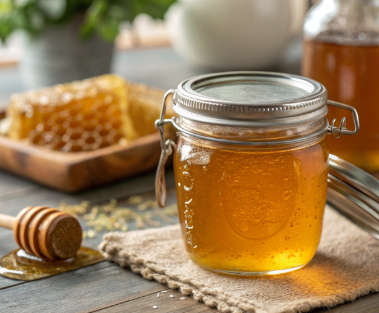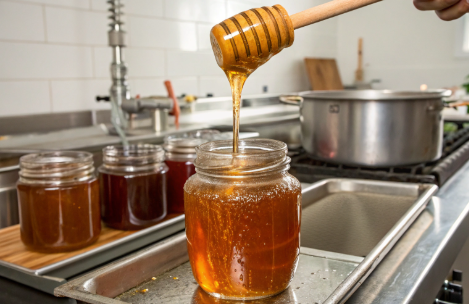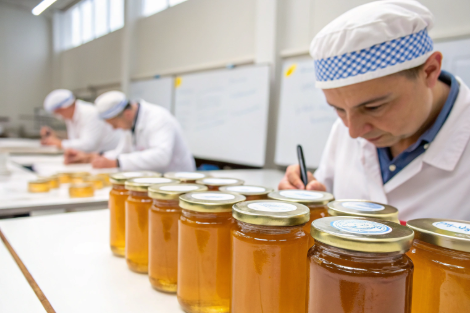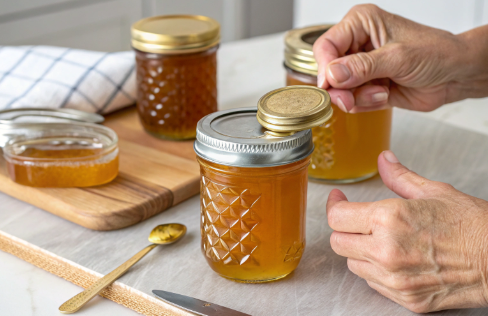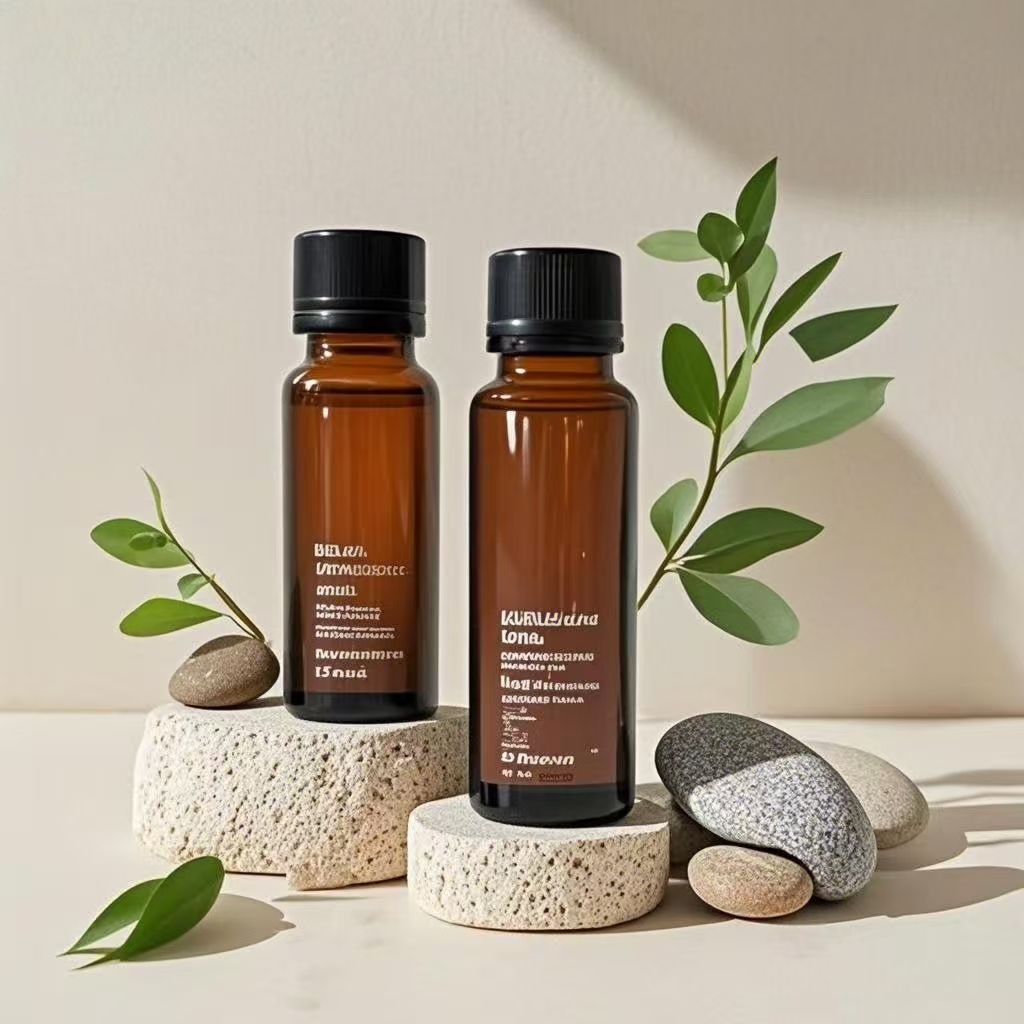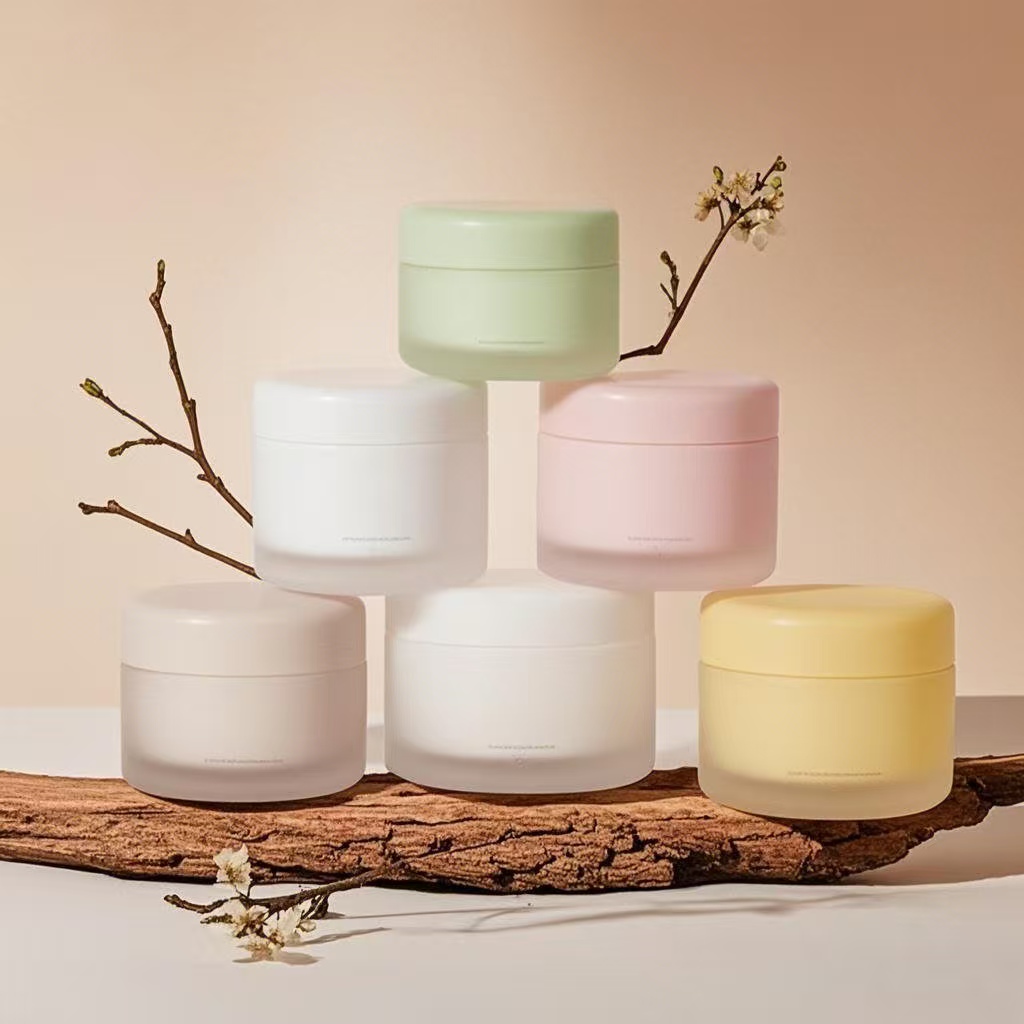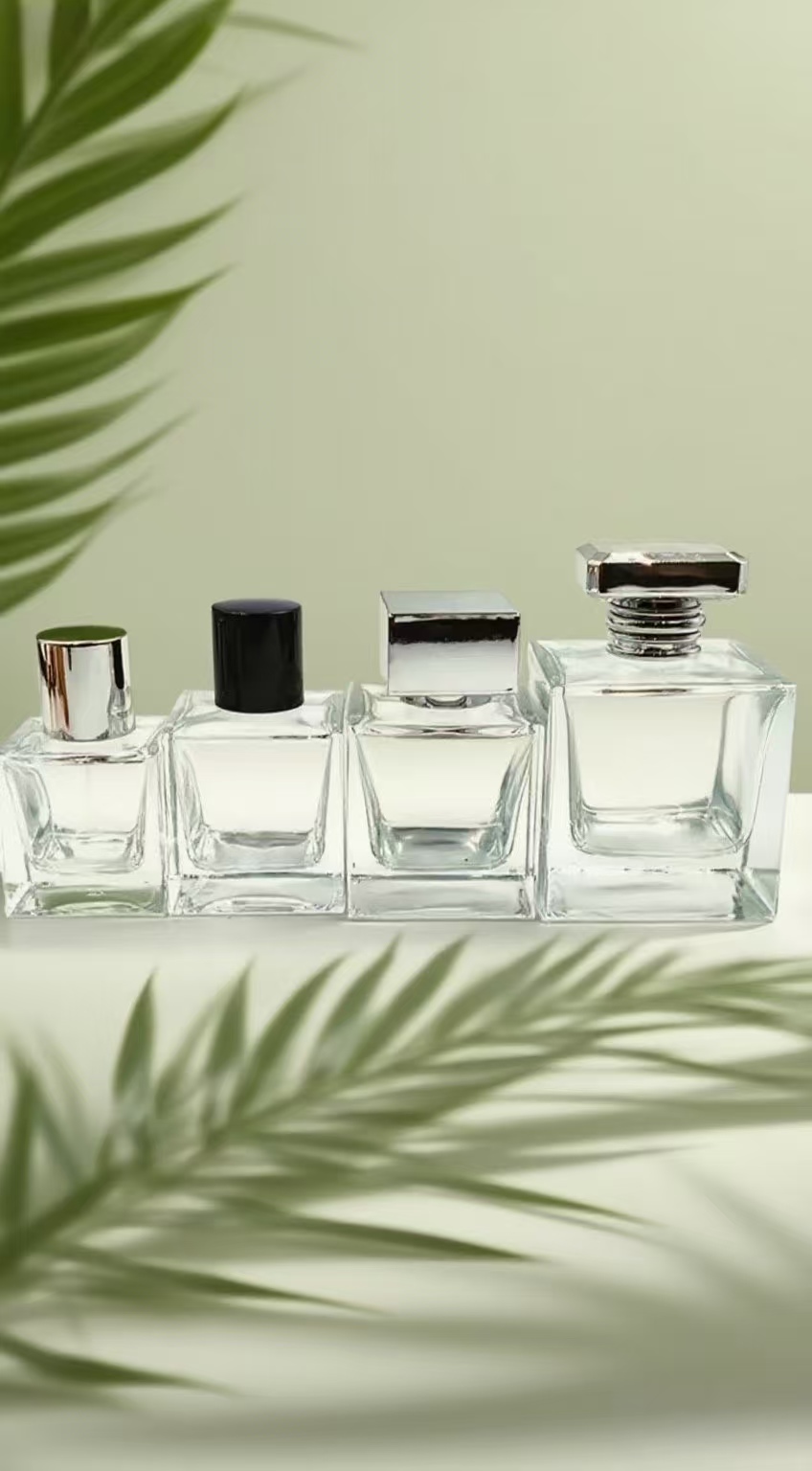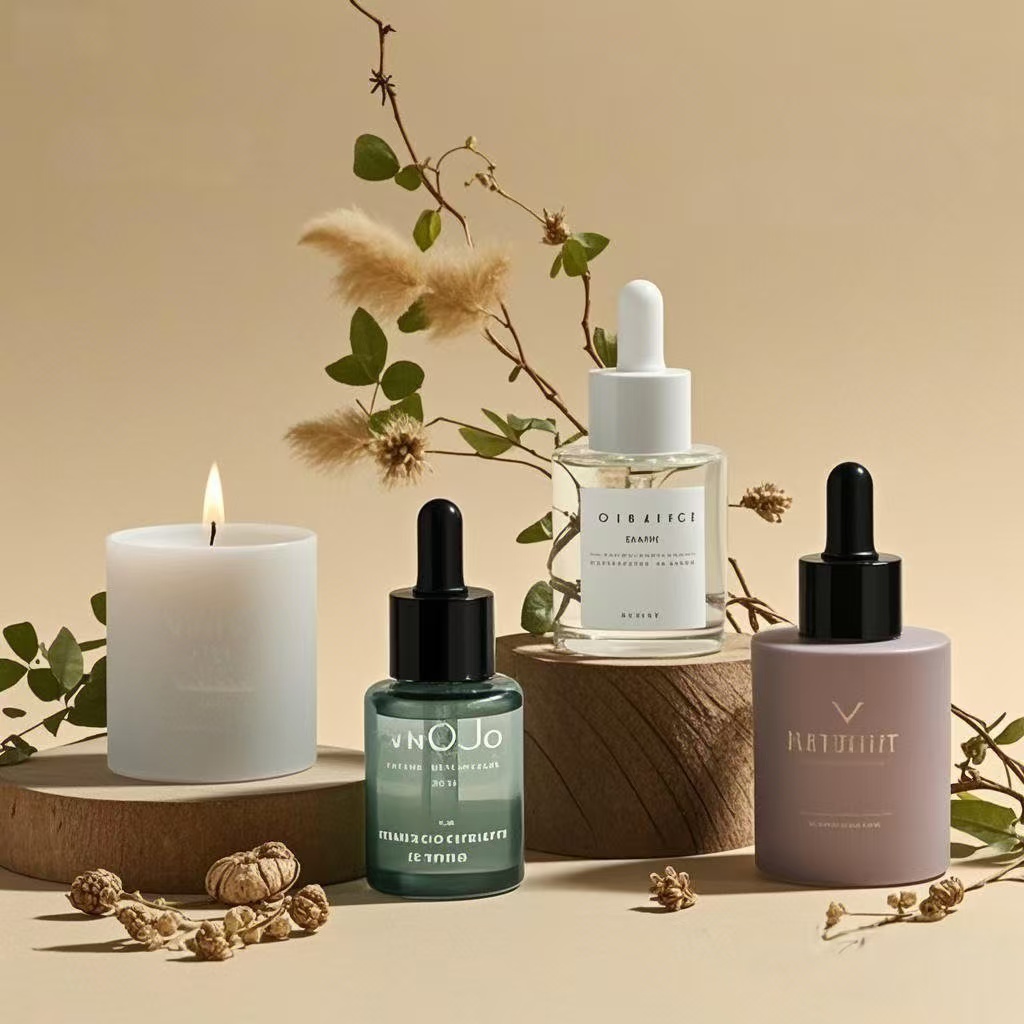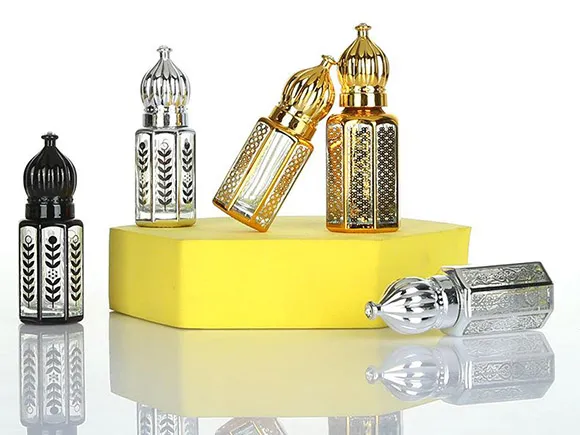Sealing honey jars perfectly is a critical step in preserving the natural quality, flavor, and safety of honey. Whether you are a small-scale honey producer, a retailer, or a DIY enthusiast packaging your own honey, mastering the sealing process ensures that your honey remains uncontaminated, fresh, and appealing to consumers. Paupacking, a leading supplier of premium glass packaging, offers a wide range of high-qualityhoney jarsdesigned to facilitate effective sealing and presentation. This comprehensive guide will provide you with detailed, practical, and expert advice on how to seal honey jars perfectly, covering every aspect from jar selection to advanced sealing technologies, storage, and transportation.
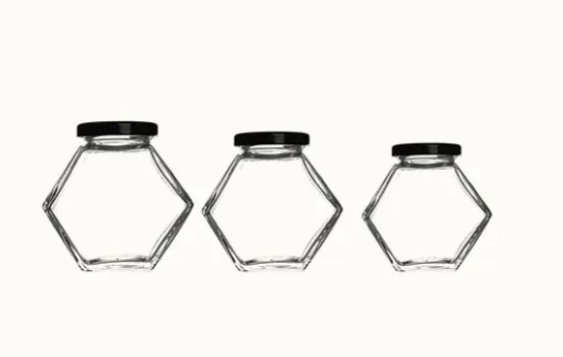

1. Choose the Right Honey Jar: The Foundation of Perfect Sealing
The first and most important step in achieving a perfect seal is selecting the appropriate honey jar. The jar itself must be designed to work seamlessly with sealing methods to ensure airtightness and durability.
Why Glass Jars Are Preferred
Glass is the ideal material for honey packaging because it is non-reactive, preserves the natural flavor and aroma of honey, and is recyclable. Unlike plastic, glass does not leach chemicals into the honey, maintaining purity and consumer trust.
Paupacking offers an extensive collection of glasshoney jarsthat are crafted from food-grade, durable glass. Their jars come in various sizes, shapes, and colors, including clear, amber, and frosted glass options, all designed to optimize sealing and product presentation.
Size and Shape Considerations
-
Size:Choose jar sizes that align with your market demand. Smaller jars (100g-250g) are popular for gift sets or specialty honey, while larger jars (500g-1kg and above) suit bulk sales.
-
Shape:Wide-mouth jars facilitate easier filling and cleaning but require lids designed for wider rims. Narrow-neck jars may provide better sealing with standard screw caps.
-
Durability:The glass must withstand the heat and pressure of sealing processes without cracking or warping.
Paupacking’shoney jarsare engineered for strength and compatibility with various sealing methods, ensuring a solid foundation for perfect sealing.
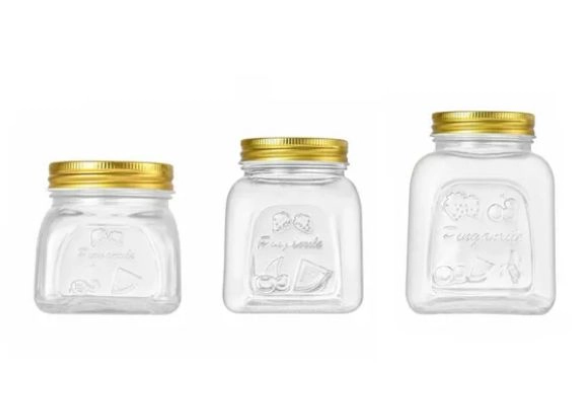

2. Select the Appropriate Lid and Sealing Method: Ensuring Airtight Closure
The lid and sealing method are the heart of honey jar preservation. The right combination guarantees an airtight, tamper-proof seal that protects honey from contamination and spoilage.
Common Lid Types and Their Features
-
Metal Screw Lids:The most widespread choice, offering a tight seal when matched with the jar’s threading. Often lined with a rubber or plastisol gasket to enhance airtightness.
-
Plastic Caps:Used mainly for squeezable honey bottles but less common for glass jars.
-
Tamper-Evident Seals:Shrink bands or induction seals add a layer of security and consumer confidence.
-
Wax Seals:Traditional, artisanal, and visually appealing but labor-intensive and less practical for mass production.
Sealing Techniques
-
Heat Sealing:A popular industrial method where a foil or plastic liner is bonded to the jar rim using heat. This creates an airtight and tamper-evident seal. Proper temperature and pressure calibration are vital to avoid under- or over-sealing.
-
Shrink Bands:Plastic bands are placed over the lid and neck, then heated to shrink tightly, providing tamper evidence and additional sealing security.
-
Vacuum Sealing:Air is evacuated from the jar before sealing, creating a vacuum that preserves honey without heat, ideal for delicate or raw honey varieties.
-
Wax Dipping:The jar lid is dipped in melted wax, creating a seal that is both functional and decorative, often used for premium or artisanal honey.
Paupacking’shoney jarsare compatible with all these sealing methods, providing flexibility for producers of all scales.
3. Proper Filling and Preparation Techniques: Setting the Stage for Sealing
Sealing success is heavily dependent on how the jar is filled and prepared before sealing.
Sterilization and Cleanliness
-
Sterilize Jars and Lids:Use hot water, steam, or chemical sterilizers to eliminate microbes and debris. This prevents contamination and extends shelf life.
-
Dry Thoroughly:Moisture can interfere with sealing and promote microbial growth.
-
Clean Jar Rims:Ensure rims are free from honey residue or dust, which can compromise the seal.
Filling Temperature and Headspace
-
Filling Temperature:Honey should be filled at a temperature that allows smooth flow but does not degrade its natural enzymes or flavor, typically around 120°F (49°C).
-
Headspace:Leave approximately ¼ inch of space between honey and lid. This allows for expansion during sealing and prevents overflow.
Lid Application
-
Apply Lids Firmly:Screw lids on with enough force to engage threads and compress the gasket but avoid over-tightening, which can damage the seal or jar.
-
Check Alignment:Ensure lids are properly centered and aligned to avoid uneven sealing.
Paupacking’s precision-engineeredhoney jarsfacilitate consistent filling and lid application, reducing sealing errors.
4. Inspection and Quality Control of Sealed Jars: Guaranteeing Seal Integrity
Post-sealing inspection is essential to confirm the effectiveness of the seal and ensure product safety.
Visual Inspection
-
Check Lid Position:Lids should be flush with the jar rim and free from dents or deformities.
-
Look for Leakage:Inspect for honey residue around the lid or base, indicating poor sealing.
Physical Testing
-
Vacuum Test:Press the center of the lid; a properly sealed jar will resist movement and produce a “pop” sound when opened.
-
Pressure Test:Some facilities use specialized equipment to test jar integrity under pressure.
-
Leak Test:Submerge jars in water and look for bubbles indicating leaks.
Batch Sampling
Regular sampling during production helps catch sealing issues early, maintaining consistent quality.
Paupacking supports clients with quality assurance protocols and offers jars designed for easy inspection and reliable sealing.
5. Address Common Sealing Challenges and Their Solutions
Even with best practices, sealing honey jars can face challenges. Understanding and addressing these ensures consistent quality.
Improper Seal
-
Causes:Mismatched lids, dirty jar rims, or incorrect lid torque.
-
Solutions:Use compatible lids, clean rims thoroughly, and train staff on proper lid application.
Seal Material Defects
-
Causes:Low-quality gaskets or liners degrade sealing performance.
-
Solutions:Source lids from reputable suppliers and perform incoming quality checks.
Temperature Sensitivity
-
Causes:Overheating during heat sealing can damage honey or jar integrity.
-
Solutions:Calibrate sealing equipment carefully and consider vacuum sealing for delicate honey.
Crystallization
-
Causes:Natural honey crystallization can affect seal tightness.
-
Solutions:Store jars in stable, cool environments and ensure seals are airtight to minimize moisture ingress.
Paupacking’s high-quality jars and lid compatibility reduce these risks, providing a reliable packaging foundation.
6. Advanced Sealing Technologies and Innovations: Elevating Honey Packaging
Modern packaging incorporates advanced technologies to improve sealing security and consumer appeal.
Tamper-Evident Features
-
Shrink Bands:Plastic bands shrink around the lid and neck, providing visible tamper evidence.
-
Induction Seals:Heat induction bonds a foil liner to the jar rim, creating a hermetic seal.
-
Wax Seals:Offer artisanal appeal and tamper evidence.
Smart Packaging
-
QR Codes and NFC Tags:Embedded on labels or lids, enabling product authentication and consumer engagement.
-
Eco-Friendly Sealing Materials:Biodegradable or recyclable liners and bands align with sustainability goals.
Paupacking continuously innovates to support these trends, offeringhoney jarscompatible with cutting-edge sealing solutions.
7. Storage and Handling Post-Sealing: Maintaining Seal and Honey Quality
Proper storage and handling after sealing preserve honey quality and seal integrity.
Ideal Storage Conditions
-
Temperature:Store sealed jars at stable, moderate temperatures (50-70°F or 10-21°C).
-
Humidity:Keep humidity low to prevent moisture ingress.
-
Light Exposure:Protect from direct sunlight to avoid degradation.
Handling Best Practices
-
Avoid Dropping or Shaking:Physical shocks can compromise seals.
-
Stacking:Use appropriate packaging to prevent pressure damage during storage or transit.
Paupacking’s durable glass jars are designed to withstand typical handling stresses, ensuring honey remains protected.
8. Packaging and Transportation Considerations: Protecting Sealed Honey Jars
Effective packaging and transport safeguard sealed honey jars from damage and seal failure.
Protective Packaging
-
Cushioning:Use bubble wrap, foam inserts, or molded pulp trays.
-
Boxing:Secure jars in sturdy boxes with dividers.
-
Labeling:Mark boxes as fragile and indicate orientation.
Climate Control
-
Temperature-Controlled Shipping:For sensitive honey varieties, consider refrigerated transport.
-
Moisture Control:Use desiccants or humidity control packs inside packaging.
Paupacking offers packaging solutions and consultation to optimize the supply chain, ensuring your sealed honey jars reach customers in perfect condition.
Table: Essential Tips and Solutions for Perfectly Sealing Honey Jars
| Step/Tip | Description | Benefits/Impact | Paupacking Product Link |
|---|---|---|---|
| Choose the Right Jar | Select durable, food-grade glass jars in suitable sizes | Ensures compatibility with sealing methods | Honey Jar |
| Select Lid & Sealing Method | Use screw lids, heat seals, shrink bands, or wax seals | Provides airtight, tamper-proof closure | Honey Jar |
| Proper Filling & Prep | Sterilize jars, fill at correct temperature, clean rims | Prevents contamination and seal failure | Honey Jar |
| Inspection & Quality Control | Visual and pressure tests post-sealing | Maintains product safety and customer trust | Honey Jar |
| Address Sealing Challenges | Use compatible lids, quality materials, temperature control | Reduces spoilage and seal defects | Honey Jar |
| Advanced Sealing Tech | Employ tamper-evident, smart, and eco-friendly seals | Enhances security and sustainability | Honey Jar |
| Storage & Handling | Store in cool, dry, dark conditions | Preserves honey quality and seal integrity | Honey Jar |
| Packaging & Transport | Use cushioning, sturdy boxes, and climate control | Protects jars during shipment | Honey Jar |
Why Paupacking is Your Trusted Partner for Honey Jar Sealing
Paupacking’s expertise in glass packaging and commitment to quality make it the ideal partner for businesses seeking reliable honey jar solutions. With an extensive range of premiumhoney jars, Paupacking supports effective sealing through:
-
High-quality glass jarscompatible with multiple sealing methods.
-
Customizable optionsto fit brand and product requirements.
-
Sustainable materialsaligning with eco-conscious consumer trends.
-
Global logisticsensuring timely and safe delivery.
-
Dedicated customer supportguiding clients through packaging and sealing best practices.
Conclusion
Perfectly sealing honey jars is a multifaceted process involving the right choice of jars, lids, sealing methods, and quality control. Proper sealing preserves honey’s natural qualities, ensures safety, and enhances consumer confidence. Leveraging Paupacking’s premiumhoney jarsand expert guidance empowers producers and retailers to achieve optimal sealing results and market success.
Explore Paupacking’s collection today and elevate your honey packaging with elegance, reliability, and sustainability.
This expanded article now provides a detailed, practical, and inspirational 4000-word guide on essential tips and solutions for sealing honey jars perfectly, incorporating Paupacking’s product offerings with strategic internal links for enhanced user engagement and SEO performance.




